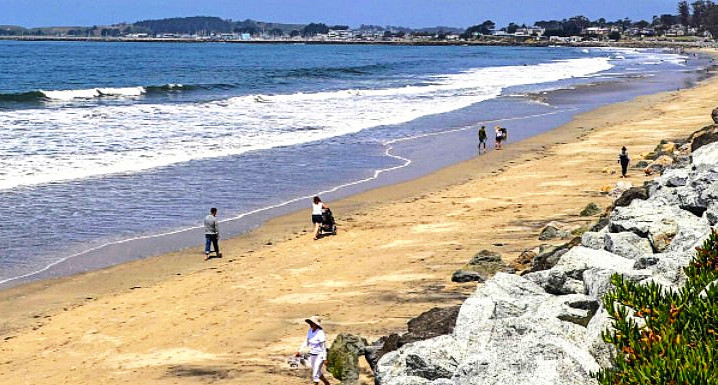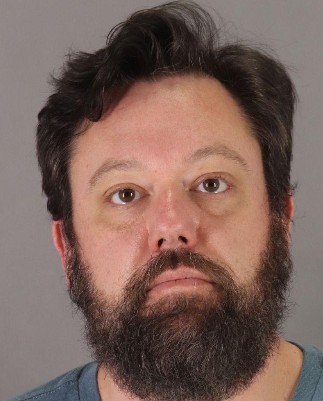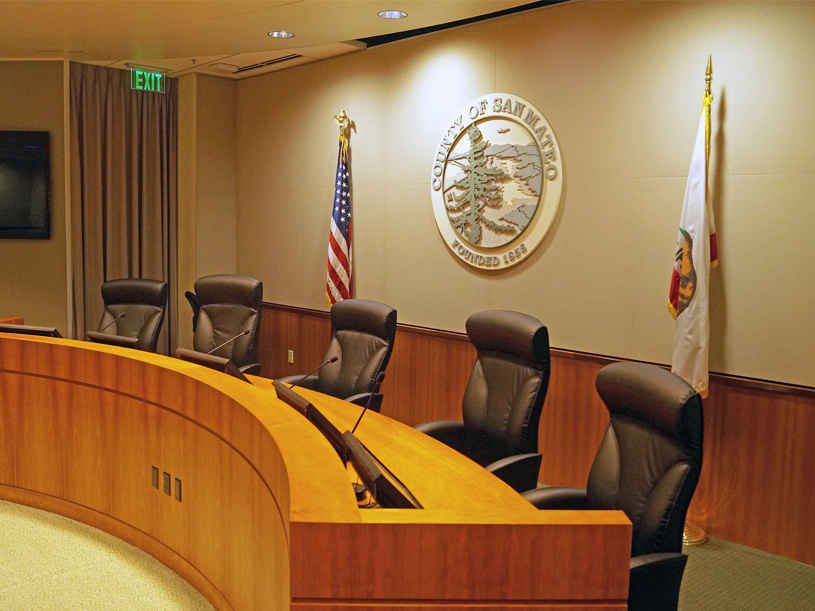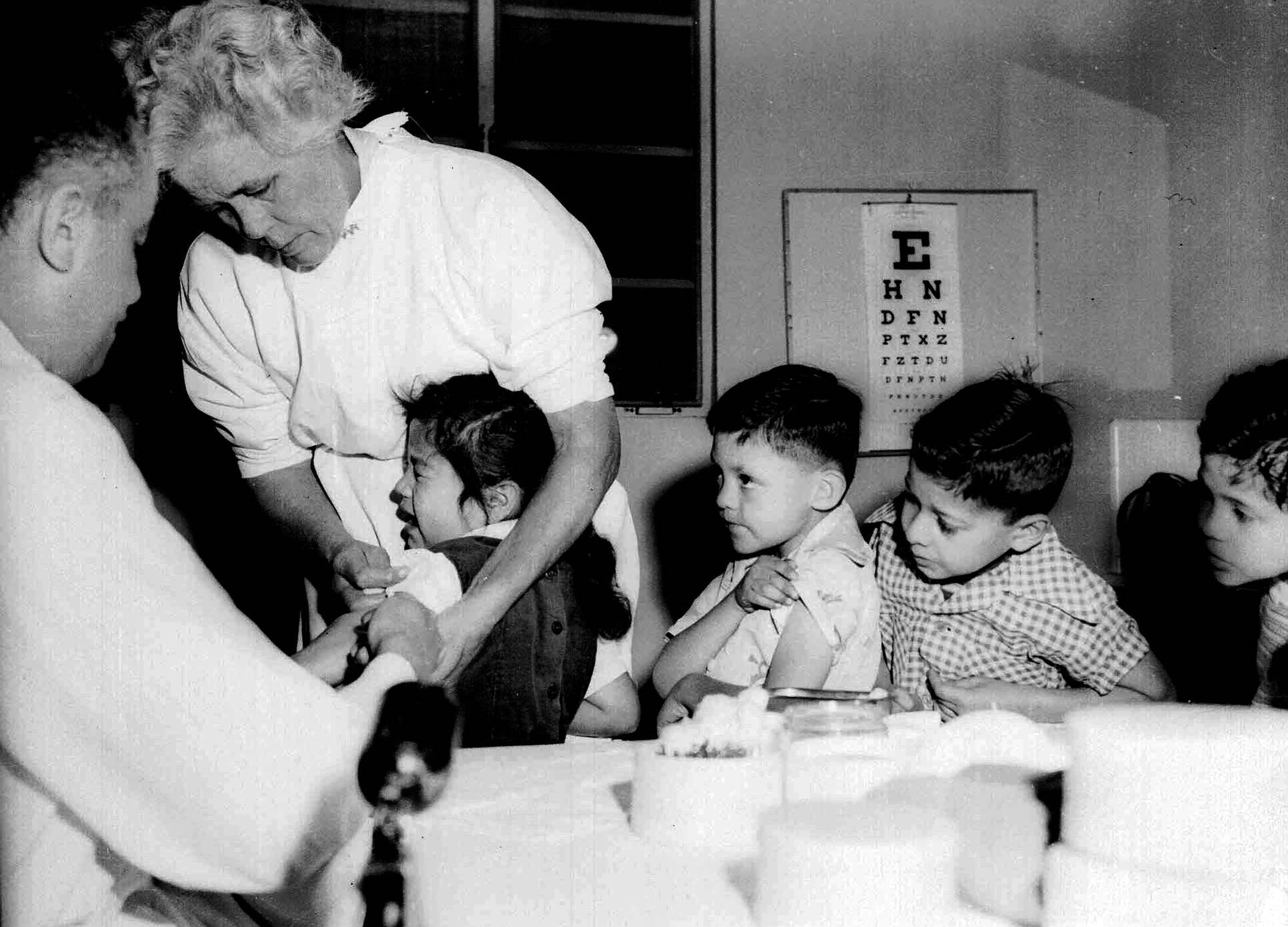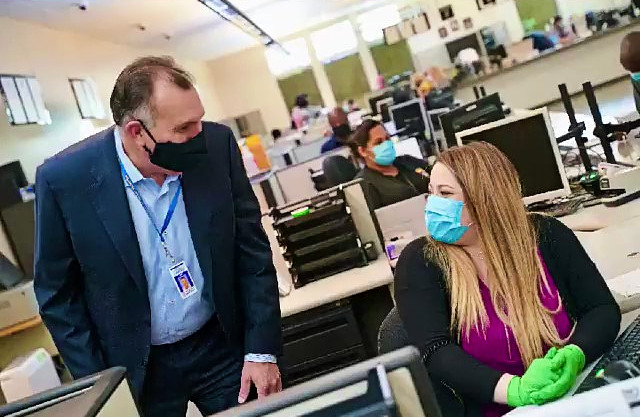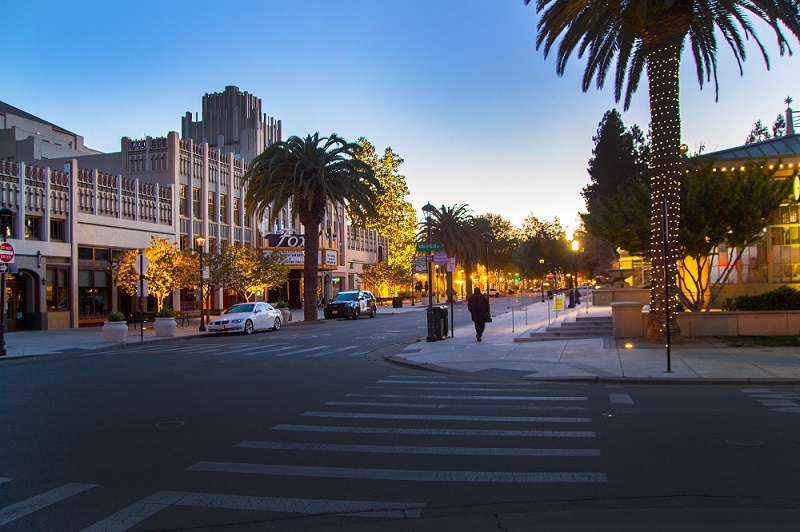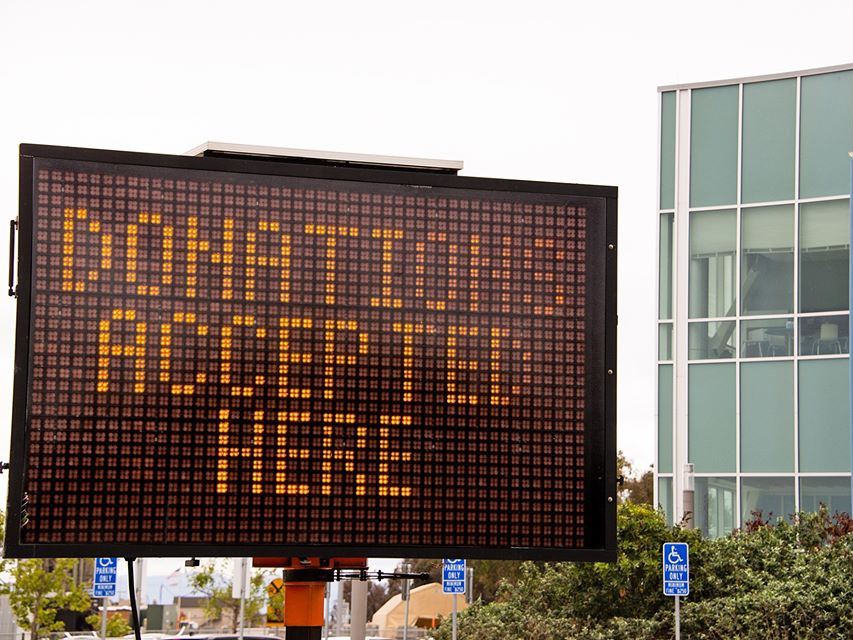San Mateo County to allow churches, indoor retail to reopen starting June 1

Places of worship will be allowed to hold services and retail stores can allow customers inside starting June 1 in San Mateo County — as long as a health and safety plan that ensures social distancing is in place, according a newly revised health order issued today by San Mateo County Health Officer Dr. Scott Morrow.
Also, beaches may operate as normally, without previous access and activity restrictions, as long as beachgoers follow social distancing and face covering protocols, the county said.
Attendance at religious services and cultural ceremonies is limited to a maximum of 25 percent of building capacity or 100 individuals, whichever is lower, and eating and drinking inside the facilities are prohibited as are after-service gatherings, according to the new order. Safety plans must be in place, such as markings of six-foot increments to ensure social distancing among congregants.
Retail stores providing in-store shopping must have a health and safety plan that identifies the number of shoppers that can be accommodated in a way that allows maintains social distancing.
More detail on the changes to retail stores and religious services can be accessed here.
Guidelines for car parades and protest gatherings are outlined here.
“These modifications seek to increase the immunity of the population slowly and methodically, while minimizing death. We are trying to keep equity in mind and minimizing economic damage, while not overloading the health care system,” said Dr. Morrow. “The virus continues to circulate in our community, and the increase in interactions among people that these modifications allow is likely to spread the virus at a higher rate. The risk of exposure to COVID-19 looms large for all of us. The public and open businesses need to fully do their part to minimize transmission of the virus.”
For more information, visit the San Mateo County Health site here.


